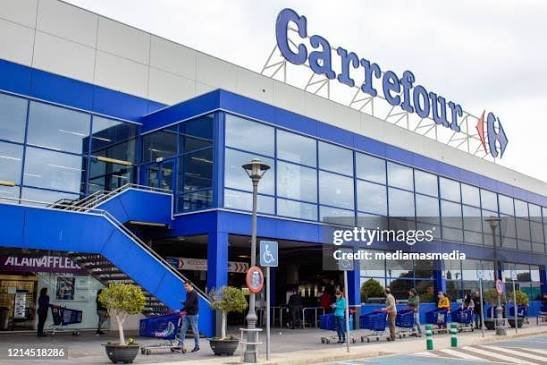
Dubai — Carrefour, once celebrated as the pioneer of the hypermarket concept and a defining global retail icon, is retreating far more quickly than many industry watchers anticipated.
Once the symbol of one-stop shopping for everything from groceries to electronics, the French retailer is now a shadow of its former self in key
Across Europe, Carrefour has scaled back operations in two of its biggest overseas markets, a striking reversal for a brand that once promised to bring French-style retailing to every corner of the continent. Industry analysts say the exits reflect intense price competition from discount chains and the relentless pressure of online shopping.
Carrefour’s Asian empire, once touted as a beachhead for long-term growth, has all but collapsed. After years of expansion in China and Southeast Asia, the company has divested or shuttered most of its stores, citing both market saturation and the meteoric rise of local e-commerce giant
In the Middle East—where Carrefour was once the dominant name in hypermarkets—the familiar blue-and-red logo has already disappeared from several countries. In many locations it has been replaced by home-grown alternatives, often backed by strong regional conglomerates with deeper local knowledge and aggressive pricing strategies.
Retail analysts point to a combination of factors behind the retreat: underinvestment in digital commerce, slow adaptation to changing consumer habits, and stronger local competition.
“Carrefour’s early-mover advantage has been eroded,” said one Dubai-based retail consultant. “Regional players and online platforms have not only caught up, they’ve out-innovated Carrefour in speed, service and customer engagement.”
Carrefour executives insist that the company is focusing on profitability and a leaner footprint. Its strategy now centers on core European markets such as France, Spain and Italy, where it hopes to deepen customer loyalty and accelerate online sales.
Yet for many shoppers and industry veterans, the rapid contraction of a brand once synonymous with global retail ambition marks the end of an era. What was once a bold emblem of international expansion is now a cautionary tale of how quickly the retail landscape can shift—and how even the biggest names can be overtaken by nimbler, locally attuned competitors.




